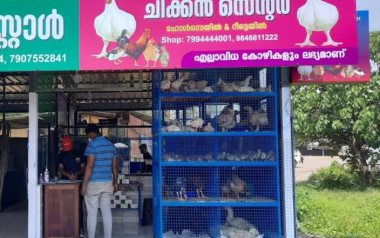Sources: Available upon request.
23 Oct 2024
Egg innovations in the United States
The egg industry in the United States has seen significant advancements in recent years, driven by technological innovations and a growing consumer demand for more ethical and sustainable practices.
The egg industry in the United States has seen significant advancements in recent years, driven by technological innovations and a growing consumer demand for more ethical and sustainable practices. These innovations are transforming how eggs are produced, processed, and consumed, making the industry more efficient and humane.
In-Ovo sexing technology
One of the most groundbreaking innovations is the adoption of in-ovo sexing technology. This technology allows producers to determine the sex of a chick before it hatches, eliminating the need for the culling of male chicks, a practice that has been widely criticized for its ethical implications. This move is expected to set a new standard in the industry, encouraging other producers to follow suit and adopt more humane practices.
Enhanced sustainability practices
Sustainability is another key area where the U.S. egg industry is making strides. Farmers are increasingly adopting practices that reduce environmental impact and improve animal welfare. Innovations in hen housing, such as improved ventilation, temperature control, and lighting, are helping to create healthier living conditions for hens. These advancements not only enhance the well-being of the animals but also lead to higher quality egg production.
Technological advancements in production
Technological advancements are also playing a crucial role in increasing the efficiency of egg production. Automated systems for feeding, egg collection, and packaging are becoming more common, reducing labor costs and minimizing human error. Additionally, innovations in egg processing, such as pasteurization and packaging, are extending the shelf life of eggs and ensuring they remain safe for consumption.
Meeting consumer demand
The U.S. egg industry is also responding to changing consumer preferences. There is a growing demand for eggs that are produced ethically and sustainably. Consumers are increasingly looking for products that align with their values, and the industry is adapting to meet these expectations. For example, the introduction of eggs labeled as “free of chick culling” is a direct response to consumer concerns about animal welfare.
Moreover, there is a trend towards convenience in food consumption. Innovations designed to increase the number of eggs eaten in the U.S., particularly among younger generations, are focusing on creating products that can be prepared quickly and easily. This includes pre-cooked and ready-to-eat egg products that cater to busy lifestyles.
Conclusion
The egg industry in the United States is undergoing a transformation driven by technological innovations and a commitment to sustainability and ethical practices. From in-ovo sexing technology to enhanced hen housing and automated production systems, these advancements are setting new standards in the industry. As consumer preferences continue to evolve, the industry is poised to meet the demand for more humane and sustainable egg production, ensuring a brighter future for both producers and consumers.







































